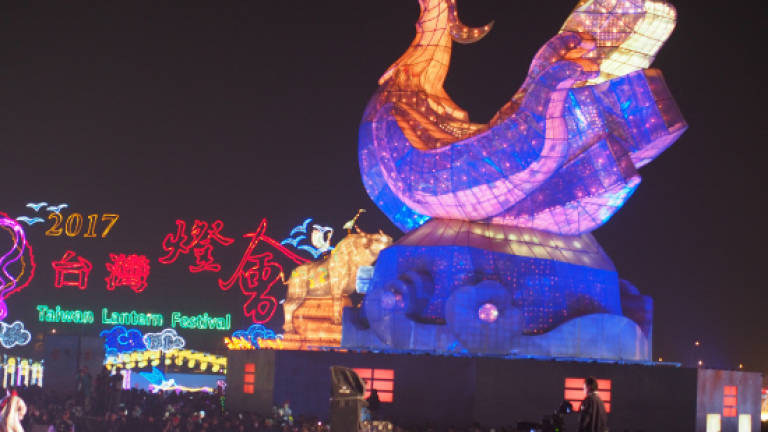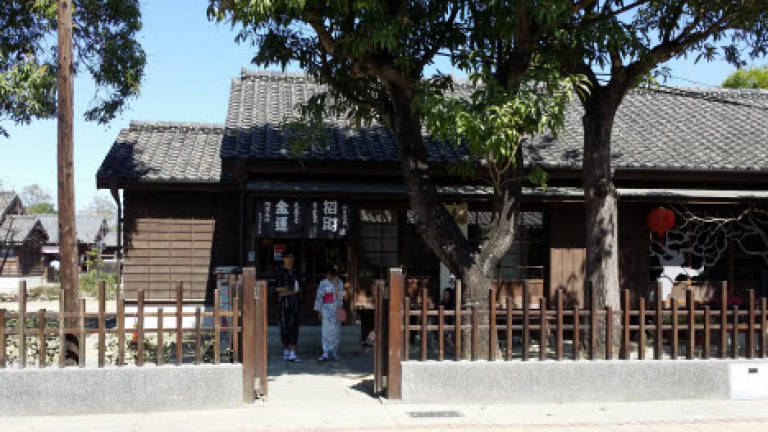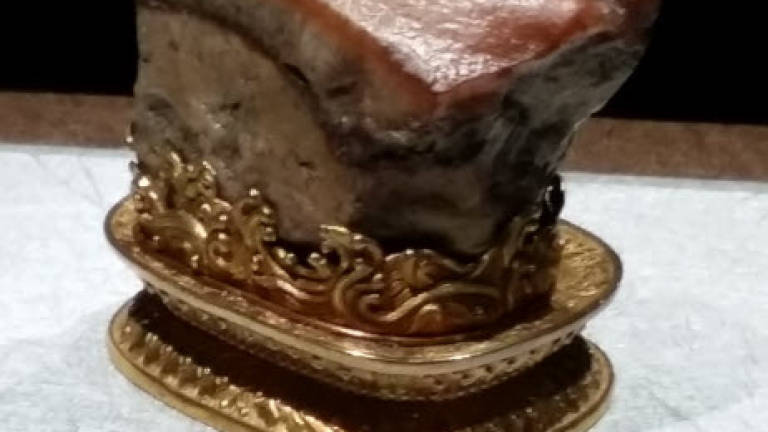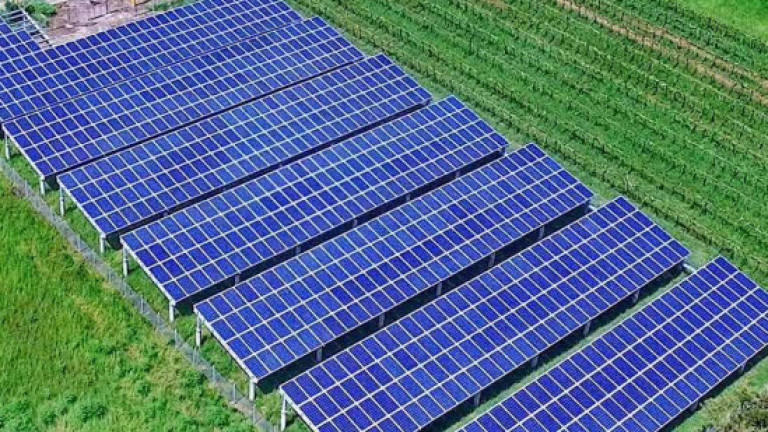Friendly Taiwan beckons




TAIWAN, as its historical name Formosa (from the Portuguese Ilha Formosa, which means beautiful island) implies, is a gem of an island off the southeastern coast of mainland China.
A choice destination for holidays and tertiary education among Malaysians, the republic now beckons even more with its New Southbound Policy to further enhance ties with Asean and South Asian countries particularly India, as well as Australia and New Zealand.
The policy focuses on promoting economic collaboration, conducting talent exchange, sharing resources with partner countries and forging regional links.
During a recent media familiarisation trip to Taiwan at the invitation of the Taipei Economic and Cultural Office in Malaysia, I had the opportunity to feel the warmth of Taiwanese hospitality.
Apart from savouring the not-so-cold winter sights and sounds of vibrant Taipei, we enjoyed a 90-minute ride on the Taiwan High Speed Rail that took us to the southern city of Chiayi.
A short bus ride from Chiayi is Taibao city where the new Southern Branch of the National Palace Museum is located. It features exhibits from the National Palace Museum’s rich collection as well as those loaned from international exhibitions.
My attention was inevitably drawn to the meat-shaped stone, one of the National Palace Museum’s most popular artifacts.
The ‘tender and juicy’ stewed pork lookalike gave me instant hunger pangs during that lunch-hour visit.
About an hour’s drive from the museum is the state-owned Taiwan Sugar Corporation (TSC)’s orchid farm, complete with a research institute as well as breeding and propagation centres.
The kaleidoscope of blooms that greeted me defied any words to describe them. No wonder that Taiwan’s orchid cultivation has been lauded as a runaway success.
With its 110,000sq m computer-controlled greenhouses, TSC produces millions of healthy and high-quality mature phalaenopsis (moth orchid) plants a year, 90% of which are exported to Japan, Canada, the United States and Europe.
The day ended with a bang in Yunlin, which is about an hour’s ride from Chiayi, where the finale of the nine-day annual Taiwan Lantern Festival drew more than a million spectators.
The star attraction among the 3,000 over lanterns dazzling visitors at the festival’s 50ha venue was a 23m-high lantern in the shape of a phoenix.
A trip to Chiayi is not complete without spending a couple of hours at the Hinoki Village, originally the dormitories of the Forestry Bureau’s Chiayi Forest division under the Office of the Governor-General of Taiwan during the Japanese Occupation between 1895 and 1945.
The village retains 28 Japanese-style wooden buildings, all of which were built with cypress wood (hinoki in Japanese) from the nearby Alishan (Ali Mountain).
From Chiayi, we crossed over to the adjacent Yunlin County where J&V Energy Technology set up its solar power plant last year.
This upstart in green power was established last year in response to the new government’s call to push the installed solar capacity to 20GW by 2025 from the present 842MW and to take advantage of Taiwan’s position as the world’s second largest manufacturer of solar panels.
J&V Energy prides itself on being the first on the island to complete a ground-mounted solar power system on subsidence land.
Also credited with building Asia’s biggest thin-film building-integrated photovoltaic system, the company is actively seeking investment opportunities in the Philippines and Indonesia.
Competing under the shadow of mainland China’s economy, Taiwan is looking to a new kind of immigration diplomacy to engage Southeast Asia, now Taiwan’s second largest export and investment destination.
The population of the ‘new immigrants’ group, including foreign spouses and their children, is now the fifth largest in Taiwan, numbering about 500,000.
To show it is an immigrant-friendly cosmopolitan, the Taipei City government set up the country’s first two new immigrants’ halls over a decade ago to help immigrants adapt to their new surroundings.
The halls also serve as a crucial base for social interaction and establishing support networks.
During our visit to the Wan-Hua New Immigrants’ Hall, a group of young immigrants was seen practising dances on the ground floor, while a bigger group gathered on the first floor to happily share their home-cooked food.
Under the New Southbound Policy, the Taiwanese government stresses on helping first-generation immigrants use their linguistic and cultural advantages to obtain work certification and jobs.
Meanwhile, second-generation immigrants are aided to connect with their ancestral countries by encouraging universities to establish appropriate department or curriculums, and give admission priority to students speaking Southeast Asian languages.
The Taiwanese government is also increasing the number of scholarships to students from Asean and South Asia to enhance educational linkage.
Since President Tsai Ing-wen took office, the number of tourists from mainland Chinese has dropped by 27%, but tourism from Thailand, Vietnam, and the Philippines grew by an average of 30% while visitors from Japan and Korea grew by 16 and 34% respectively, according to statistics from Taiwan’s tourism bureau.
To attract even more tourists from Asean, beginning last August, Taiwan allowed citizens of Thailand and Brunei visa-free access, extending a policy already in place for Asean countries such as Malaysia and Singapore.
Muslim tourists should be delighted to note that the number of halal restaurants is on the increase as the host nation, which has a Muslim population of some 60,000, does its best to win them over.